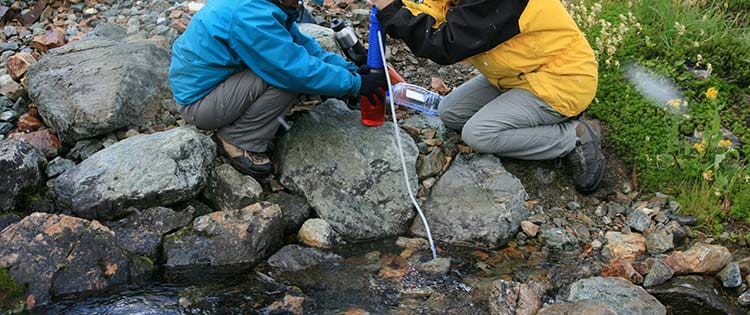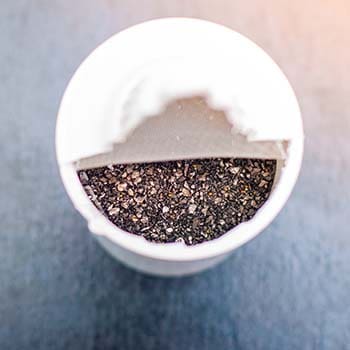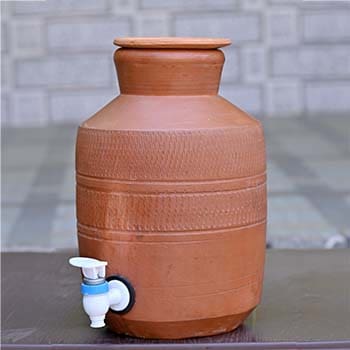There are various ways to purify water off the grid, which means without relying on a centralized water treatment facility. How to purify water off grid? The choice of method depends on the specific circumstances and available resources.
Here are some common off-grid water purification methods:
Boiling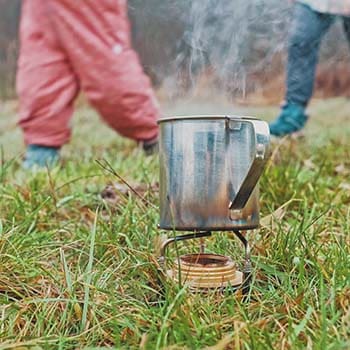
Boiling is a straightforward and effective method for purifying water off the grid. If possible, use clear water without visible particles to make the boiling process more effective. Transfer the collected water to a heat-resistant pot or container. Stainless steel or other non-reactive materials are preferred.
Place the pot over a heat source such as a campfire, gas stove, or portable stove. Boil for at least one minute (or three minutes at higher altitudes) to ensure the destruction of pathogens. Allow the boiled water to cool before drinking.
Boiling is highly effective in killing or inactivating a broad range of pathogens, including bacteria, viruses, and parasites. It requires minimal equipment and, unlike some other purification methods, boiling doesn’t require you to add any chemicals. Boiling is your go-to method in emergency situations when other purification methods or equipment may not be available.
However, this method is time-consuming and requires a heat resource, whether it’s a campfire or a stove. This can be a limitation in situations where resources are scarce. While effective against microorganisms, boiling doesn’t remove non-biological contaminants such as heavy metals, chemicals, or minerals.
Boiled water may have a flat taste due to the removal of dissolved gases. Also, this method is practical for small to moderate quantities of water. For larger volumes, it may not be as convenient or efficient.
Activated Carbon Filtration
Activated carbon filtration is a water purification method that utilizes activated carbon to remove impurities, odors, and improve the taste of water. Activated carbon is a porous material that can adsorb (attract and hold onto) a variety of contaminants.
Choose a water filter system that incorporates activated carbon. This could be a commercially available water filter with activated carbon cartridges or a DIY system. The filter may consist of layers of activated carbon, as well as other materials like sand or fabric to remove larger particles.
Pour the untreated water through the activated carbon filter. The treated water collects on the other side of the filter. Collect the purified water in a clean container for storage. Ensure that the container is made of a safe, non-contaminating material.
One of the notable benefits is the improvement of the taste and odor of water. Activated carbon filters are generally easy to use. They can be integrated into various water filter systems, including gravity filters, countertop filters, and pitcher filters.
This water purification method is a passive process and does not require electricity, making it suitable if you go off-grid. Activated carbon filters have a long shelf life when not in use. They can be stored for an extended period without losing their effectiveness.
However, activated carbon filters are not designed to remove bacteria, viruses, or other microorganisms. If you’re worried about microbiological contamination, you need additional water purification methods. Over time, activated carbon becomes saturated with adsorbed contaminants, and the filter efficiency decreases, that’s why you need to replace the activated carbon cartridges regularly.
Clay Pot Filtration
Clay pot filtration is a traditional and simple method used to purify water. This method involves using porous clay pots to filter impurities from water.
Choose clay pots that are porous and unglazed. The porous nature of the clay allows water to seep through, leaving impurities behind. Before using, make sure the clay pots are thoroughly cleaned. Soak them in water for several hours to remove any residual dust or impurities.
Set up a filtration system by stacking the clay pots. The pots can be placed one on top of another with a collection container at the bottom to catch the filtered water. Some variations of clay pot filtration use additional filtering mediums such as sand or crushed charcoal between the pots. These materials can enhance the filtration process by trapping more impurities.
Related: 10 Off-Grid Water Systems You Should Have On Your Property
Pour untreated water into the top pot of the stack. The water will gradually seep through the pores of the clay pots, leaving impurities behind. Collect the purified water from the bottom container. This water is expected to be cleaner and safer for consumption.
Clay pot filtration is a natural and chemical-free method. It relies on the porous nature of the clay to filter impurities without the need for additives. It’s a low-cost method that requires minimal equipment. The pots are often readily available and affordable.
Clay pot filtration has been shown to be effective in reducing bacteria in water. The porous surface of the clay traps bacteria and prevents them from passing through. The filtration process can also improve the taste of water by removing certain impurities that contribute to unpleasant flavors.
However, this water purifying method is generally slow. It may take a lot of time for water to pass through the system, especially if you use multiple pots. Also, clay pots can be fragile and may break easily.
To maintain effectiveness, clay pots should be cleaned regularly. Over time, impurities can accumulate on the surface, reducing the filtration capacity.
Sand Filtration
Sand filtration is another traditional and effective method for purifying water off the grid. It involves passing water through layers of sand to remove suspended particles and impurities.
This water purifying method is effective in removing suspended particles, sediment, and turbidity from water.
This method relies on the natural filtration properties of sand and gravel, making it a simple and chemical-free process. Also, sand and gravel are readily available and inexpensive, making this a cost-effective water purification method, especially in resource-limited settings.
Sand filtration is versatile and can be adapted for use with various water sources, including surface water from rivers, lakes, or wells.
While effective at removing larger particles, sand filtration may not eliminate microorganisms such as bacteria and viruses. The sand filter bed may require regular maintenance to prevent clogging so you need to do periodic cleaning or replacement of the sand.
Also, the filtration rate of sand filters can be slow, especially if the filter bed is densely packed or if the water source contains high levels of impurities. Constructing a sand filtration system may require space and proper support structures. This can be a limitation in some settings.
Which One Is The Best?
The choice of the best water purification method for you depends on various factors, including the specific characteristics of the water source, available resources, and ultimately your preference.
Often, a combination of these methods may be the most effective.
Have you tried any of these water purification methods?
You may also like:
100-Year-Old Way To Filter Rainwater In A Barrel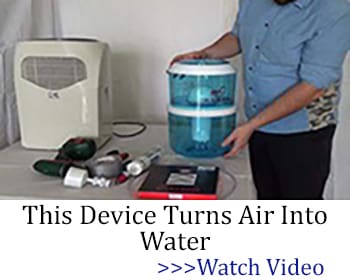
This Homemade Device Can Power Up Your Entire House 7 Days in a Row (Video)
